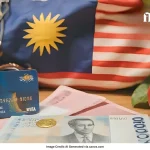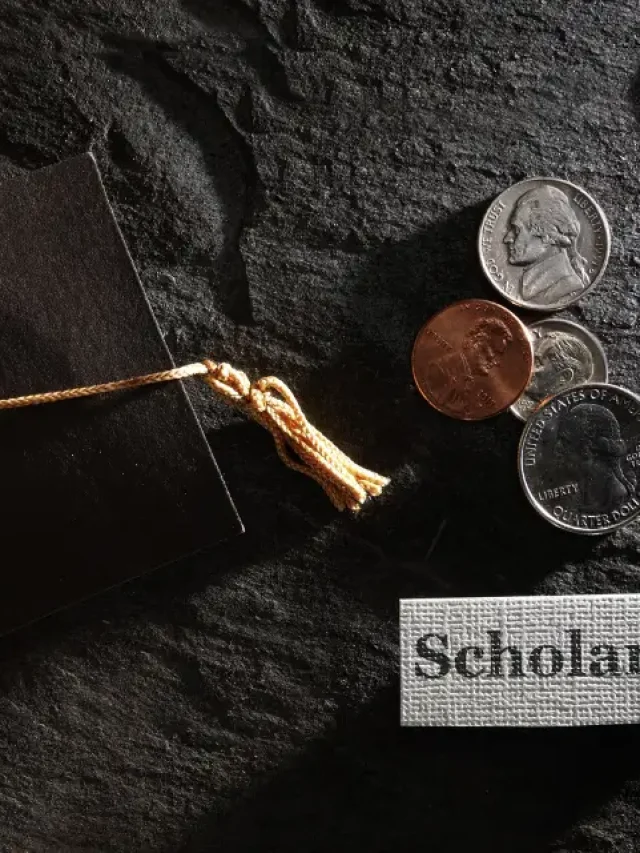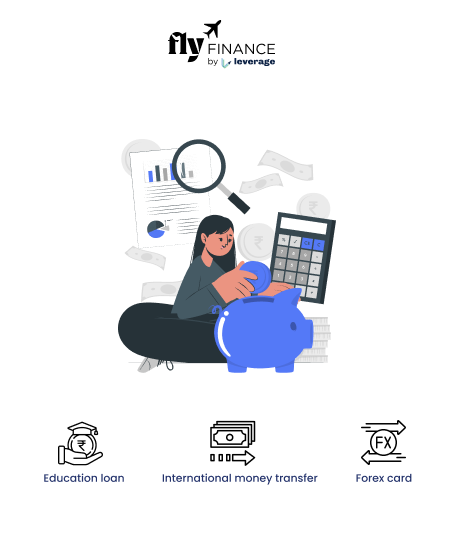Foreign Inward Remittance is a process of sending money from a foreign country to your home country i.e. India to families, friends, relatives etc. The beneficiary receives money in a domestic account from an international account. The process involves funds that are transferred to an Indian account from a foreign bank. However, you have to keep a lot of things in mind while sending like the liberalised remittance scheme, guidelines of RBI etc. Let’s understand some of the most common FAQs on Foreign Inward Remittance.
Table of contents
- What is Foreign Inward Remittance?
- How can I Receive Funds Through Foreign Inward Remittance for My Education?
- Are There Any Restrictions on Amount of Money I Can Receive through Foreign Inward Remittance for Education?
- Do I Need to Pay Taxes on the Funds Received Through Foreign Inward Remittance for Education?
- What Documents are Required for Foreign Inward Remittance?
- Can I Use Foreign Inward Remittance for Purposes Other than Education?
- How Long Does it Take for Funds to be Credited Through Foreign Inward Remittance?
- What is a Foreign Inward Remittance Certificate (FIRC), and do I Need One?
- Are There Any Fees Associated with Receiving Funds Through Foreign Inward Remittance?
- Can I Open a Foreign Currency Account in India for Foreign Inward Remittance?
- What are the RBI Guidelines for Foreign Inward Remittance for Students?
- Can I Receive funds through Informal Channels for my Education?
- Is there a Maximum Limit on the Frequency of Foreign Inward Remittance Transactions?
- What Should I do if there is a Discrepancy or Delay in my Foreign Inward Remittance?
What is Foreign Inward Remittance?
Foreign Inward Remittance refers to the transfer of funds from a foreign country to an individual or entity in India. For individuals staying abroad, this often involves transferring money to their family or relatives or any business merchant for different purposes like gifts, donations, investments etc.
How can I Receive Funds Through Foreign Inward Remittance for My Education?
To receive funds, you need to provide your foreign sender with the bank account details of your Indian bank like the bank’s International Bank Account Number (IBAN) and the Bank Identifier Code (BIC) or SWIFT code. The transaction will take 24-48 hours to complete.
Also Read: Looking for Remittances? Check all information on How Foreign Remittance Works
Are There Any Restrictions on Amount of Money I Can Receive through Foreign Inward Remittance for Education?
As per the Reserve Bank of India (RBI) guidelines, there is no specific limit on the amount of funds that can be received for educational purposes. However, it is essential to comply with the Liberalised Remittance Scheme under the Foreign Exchange Management Act (FEMA) regulations.
Do I Need to Pay Taxes on the Funds Received Through Foreign Inward Remittance for Education?
Generally, funds received for education or financial support for family or relatives are considered a gift and are not taxable. Foreign Remittances made for any other purpose might attract specific taxes. It is advisable to consult with a tax professional to ensure compliance with the latest tax regulations.
What Documents are Required for Foreign Inward Remittance?
Some of the common documents required for foreign inward remittances are a copy of your passport, visa, and a letter from your educational institution confirming your enrollment. The bank may require a Foreign Inward Remittance Certificate (FIRC) for tracking the transaction.
Can I Use Foreign Inward Remittance for Purposes Other than Education?
The primary purpose of funds received through Foreign Inward Remittance for students is to cover educational expenses or to provide financial support to the family. Using the funds for other purposes may violate regulations and lead to legal consequences.
Also Read: Check this blog and find out the best banks in India for Inward Remittances
How Long Does it Take for Funds to be Credited Through Foreign Inward Remittance?
The processing time for Foreign Inward Remittance varies depending on the banks involved and the mode of transfer. It can take a few days to several weeks for the funds to be credited to your account. On average, inward remittance may take 24-48 hours in business days.
What is a Foreign Inward Remittance Certificate (FIRC), and do I Need One?
An FIRC is a document issued by the bank that certifies the inward remittance of funds. While it may not be mandatory, having an FIRC can serve as proof of the transaction and may be required for certain purposes, such as claiming tax benefits.
Are There Any Fees Associated with Receiving Funds Through Foreign Inward Remittance?
Banks may charge fees for processing Foreign Inward Remittance transactions, including currency conversion fees and service charges. It is essential to inquire about these charges beforehand. Contact the bank or the service provider for the schedule of charges related to inward remittance.
Can I Open a Foreign Currency Account in India for Foreign Inward Remittance?
Yes, you can open a Foreign Currency Account in India. This allows you to hold foreign currencies in your Indian bank account, providing flexibility in managing currency fluctuations. This will also help you to save currency exchange charges and the transactions will be done quickly.
What are the RBI Guidelines for Foreign Inward Remittance for Students?
The RBI provides guidelines under the FEMA for Foreign Inward Remittance for students. As per the MTSS (Money Transfer Service Scheme), one of the major guidelines provided by RBI is: “A cap of USD 2,500 has been placed on individual remittances under the scheme. In addition, thirty remittances can be received by a single individual beneficiary under the scheme during a calendar year.”
Can I Receive funds through Informal Channels for my Education?
It is strongly advised against receiving funds through informal channels, as it may lead to legal repercussions. Using authorized banking channels ensures transparency and compliance with regulations. Also, you may lose your money or fall victim to fraud if you use informal channels to remit money.
Is there a Maximum Limit on the Frequency of Foreign Inward Remittance Transactions?
There is no specific limit on the frequency of transactions under the Liberalised Remittance Scheme under LRS. You can transfer money to your home country from abroad multiple times.
What Should I do if there is a Discrepancy or Delay in my Foreign Inward Remittance?
In case of any issues, immediately contact your bank and the sender’s bank. Keep all communication documented and, if necessary, seek guidance from the RBI or a financial advisor. You can also get help from the RBI Ombudsman Scheme which has been established to resolve customer complaints against the bank.
By understanding the process of Foreign Inward Remittance, adhering to regulations, and seeking guidance when needed, you can ensure a smooth flow of funds for education or any other financial purposes.
To know more about inward remittances, the loan application process, the best international bank accounts for students, forex and banking experience for global students or international money transfers, reach out to our experts at 1800572126 to help ease your study abroad experience.
| Related Blogs |
| How much cash you can carry abroad legally |
| HDFC Forex Cards |
| FAQs on Currency Exchange for Students |
Follow Us on Social Media





























